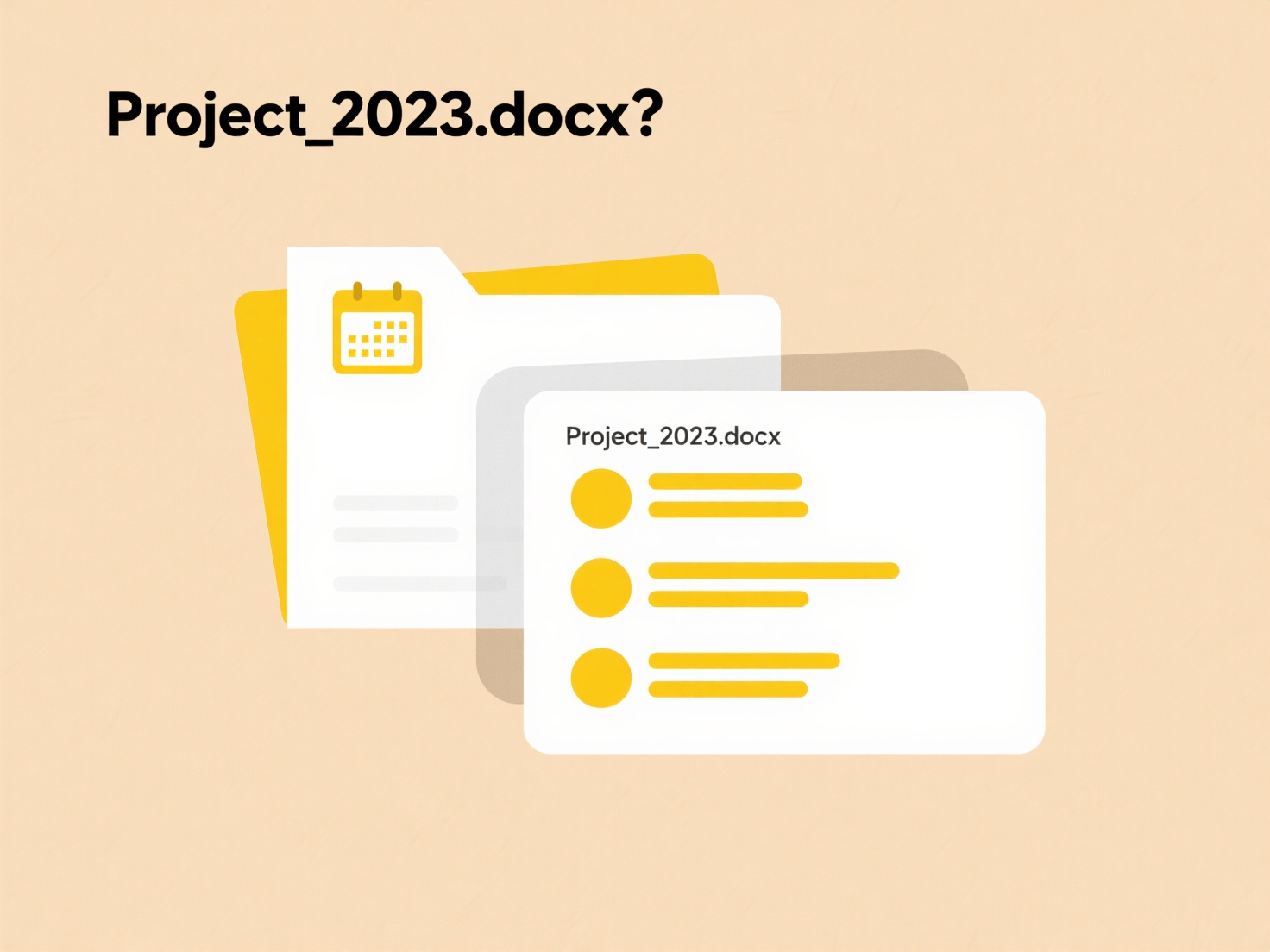
API responses deliver structured data from a server to a client application after a request. The most common formats are JSON (JavaScript Object Notation) and XML (eXtensible Markup Language). JSON uses key-value pairs and arrays for a lightweight, human-readable structure ideal for web applications. XML employs tags to define data elements and is often preferred for complex structures needing validation or namespaces. Formats like YAML and Protocol Buffers are used less frequently for specific needs like configuration or high performance.

For instance, modern web APIs, especially RESTful services like those offered by social media platforms (e.g., Twitter or GitHub API), overwhelmingly utilize JSON to return user data, posts, or search results. Conversely, SOAP APIs, common in legacy enterprise systems (e.g., integrating payment gateways or inventory management), rely heavily on XML as defined by WSDL contracts, facilitating strict data validation.
JSON's simplicity, ease of parsing, and efficiency make it the dominant choice for web and mobile applications, driving widespread adoption. XML remains valuable where strong schema validation and document markup are crucial. Limitations include JSON's lack of native support for comments or schema (addressed by JSON Schema) and XML's verbosity impacting performance. Ensuring proper parsing and avoiding insecure deserialization are important security considerations for both formats. The trend strongly favors JSON for new API development.
What format is used for API responses?
API responses deliver structured data from a server to a client application after a request. The most common formats are JSON (JavaScript Object Notation) and XML (eXtensible Markup Language). JSON uses key-value pairs and arrays for a lightweight, human-readable structure ideal for web applications. XML employs tags to define data elements and is often preferred for complex structures needing validation or namespaces. Formats like YAML and Protocol Buffers are used less frequently for specific needs like configuration or high performance.

For instance, modern web APIs, especially RESTful services like those offered by social media platforms (e.g., Twitter or GitHub API), overwhelmingly utilize JSON to return user data, posts, or search results. Conversely, SOAP APIs, common in legacy enterprise systems (e.g., integrating payment gateways or inventory management), rely heavily on XML as defined by WSDL contracts, facilitating strict data validation.
JSON's simplicity, ease of parsing, and efficiency make it the dominant choice for web and mobile applications, driving widespread adoption. XML remains valuable where strong schema validation and document markup are crucial. Limitations include JSON's lack of native support for comments or schema (addressed by JSON Schema) and XML's verbosity impacting performance. Ensuring proper parsing and avoiding insecure deserialization are important security considerations for both formats. The trend strongly favors JSON for new API development.
Quick Article Links
How to group photos by location or event for easier browsing?
How to group photos by location or event for easier browsing? Grouping photos by location or event helps you find spec...
How to create a digital filing system that mirrors a physical binder?
How to create a digital filing system that mirrors a physical binder? A digital filing system that replicates a physic...
How do I batch rename extensions for multiple files?
Batch renaming file extensions means changing the suffix (like .txt, .jpg) on multiple files simultaneously. Unlike manu...